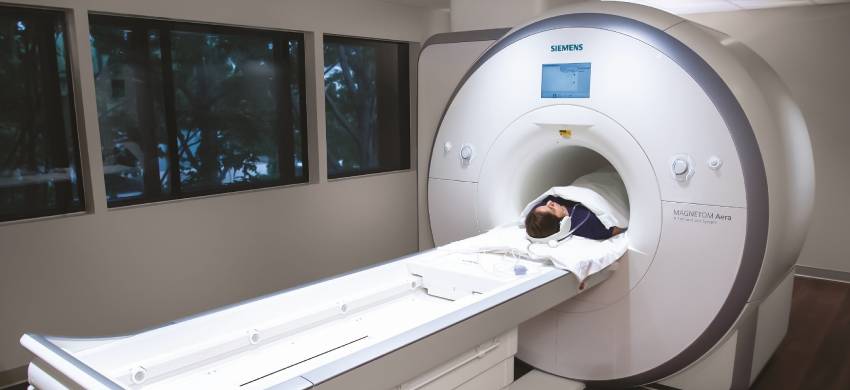
- 19/09/2021
- Megavision Diagnostic Centres
- 0 Comments
- Latest Blogs
Myths around MRI Scans
MRIs expose you to radiation
This is not true… his is also completely false! MRIs do not use radiation and are completely non-invasive, unlike X-rays, CT, and PET scans. Instead, they use powerful magnetic fields and radio waves to create detailed images of the human anatomy. This helps doctors take a look inside the problem and determine what the cause is without any harm to the patient.
MRIs are only used for injuries
Nope! A lot of the time when you hear about MRIs, it might be involving an injury, but it’s important to know MRIs can test several other things. Patients can be referred to study mental conditions like Alzheimer’s disease, certain cancers, brain tumors, infection, stroke, and tracking brains nerve paths. In addition, it can detect issues in the arteries and veins, including aneurysms, blockages of blood vessels
All MRIs are the same
his is just plain wrong. There are multiple different types of MRIs but three common types are: open, closed and upright. In a closed MRI, the patient is completely closed in a large tube, which can often be problematic with claustrophobic patients. The upright MRI was created in attempt to increase comfort during the exam, because several people were having claustrophobic panic attacks in closed MRIs.
